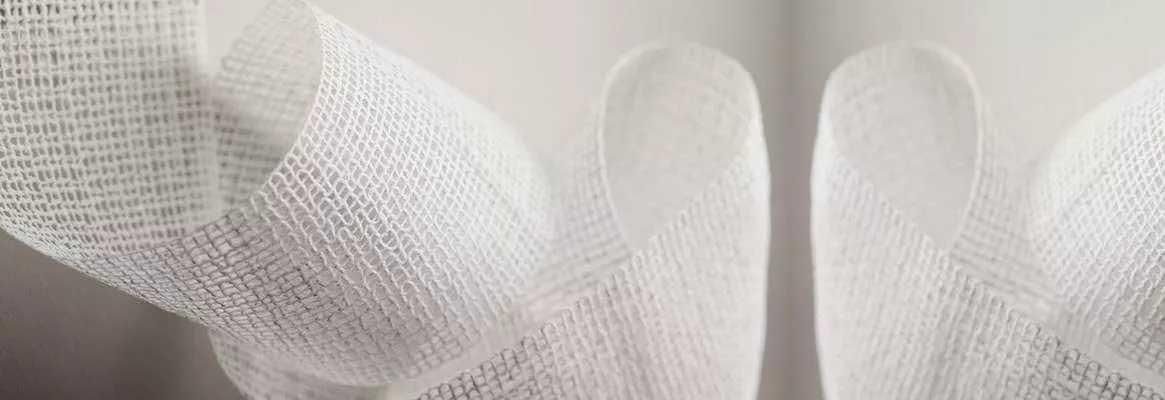Tissue engineering is a scientific field that refers tothe practice of combining scaffolds, cells and biologically active molecules toform functional tissues.� The knowledgefrom this area can be used to facilitate clinical procedures involving repair ofdamaged tissues and organs. In addition to natural biomaterials, which includecollagen, gelatin, silk protein-based biomaterials or cellulose-, glucose-,chitosan polysaccharide-based biomaterials, synthetic materials likebio-textiles have attracted great attention as potential fabrication methodsfor engineered tissue constructs. Some examples of the commercial bio-textilesin market include Tigr Matrix, Ultrapro and Intergard, which are used to treatpelvic organ prolapse, hernia and vascular diseases. Generally, bio-textilescan be divided into four categories: synthetic, hydrogel-based, natural, andcomposite fibres.
For the above four subcategories of bio-textiles,microstructure, mechanical properties and the cellular distribution of thetissue construct can be controlled through knitting, weaving or braidingtextile method. These are shown below in figure 1.
The knitted structure is highly flexible and can be
constructed into a 3D complex structure, however it becomes difficult to adjust
properties in different directions. As an example, knitted structures like the
knitted silk collagen sponge scaffolds have been used in tendon and ligament
regeneration.� Weaving method offers the
ability to create structures with anisotropic properties. However, it is less flexible
compared to the knitted structure. Woven structures mimic the properties of
cardiac tissues and the cartilage. Lastly, braided structures possess excellent
flexibility and are good for load bearing tissues. Hence, braided structures
can be used for load bearing fixations and wound closure applications.
It is clear that bio-textiles have a great potential in
various applications in the tissue engineering field. Different textile
techniques that have the ability to control the microstructure make bio-textiles
a suitable tool for various medical applications. Despite advancements in the
area of bio-textiles, implantable fabrics still have limited applications due
to inability to capture the in vivo environment using synthetic fibres. This
challenge can be addressed with the use of advanced biomaterials by
incorporating properties that will lead to better host-material interaction and
integration. ���
References:
1.
Tissue
Engineering and Regenerative Medicine. (2013, July 22). Retrieved October 7,
2018, from
https://www.nibib.nih.gov/science-education/science-topics/tissue-engineering-and-regenerative-medicine
2.
Akbari,
M., Tamayol, A., Bagherifard, S., Serex, L., Mostafalu, P., Faramarzi, N.,
Khademhosseini, A. (2016). Textile Technologies and Tissue Engineering: A Path
Toward Organ Weaving. Advanced Healthcare Materials, 5(7), 751-766.
https://doi.org/10.1002/adhm.201500517
3. Ribeiro, V. P., Silva-Correia, J.,
Nascimento, A. I., da Silva Morais, A., Marques, A. P., Ribeiro, A. S., � Reis,
R. L. (2017). Silk-based anisotropical 3D biotextiles for bone regeneration. Biomaterials,123,
92-106. https://doi.org/10.1016/j.biomaterials.2017.01.027��� ����������
About the author: Simran Dayal is a final year undergraduate student of biomedical engineering at the University of Tennessee, Knoxville, USA. Her areas of interest include tissue engineering, regenerative medicine, biomaterials and gene therapy & drug delivery systems.









Comments